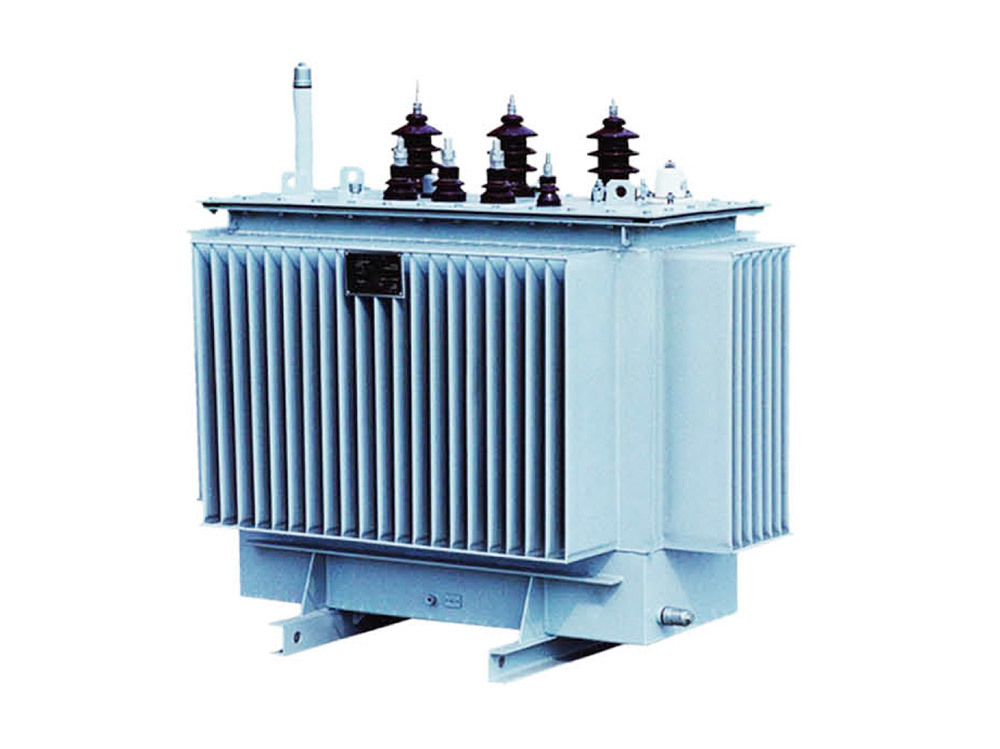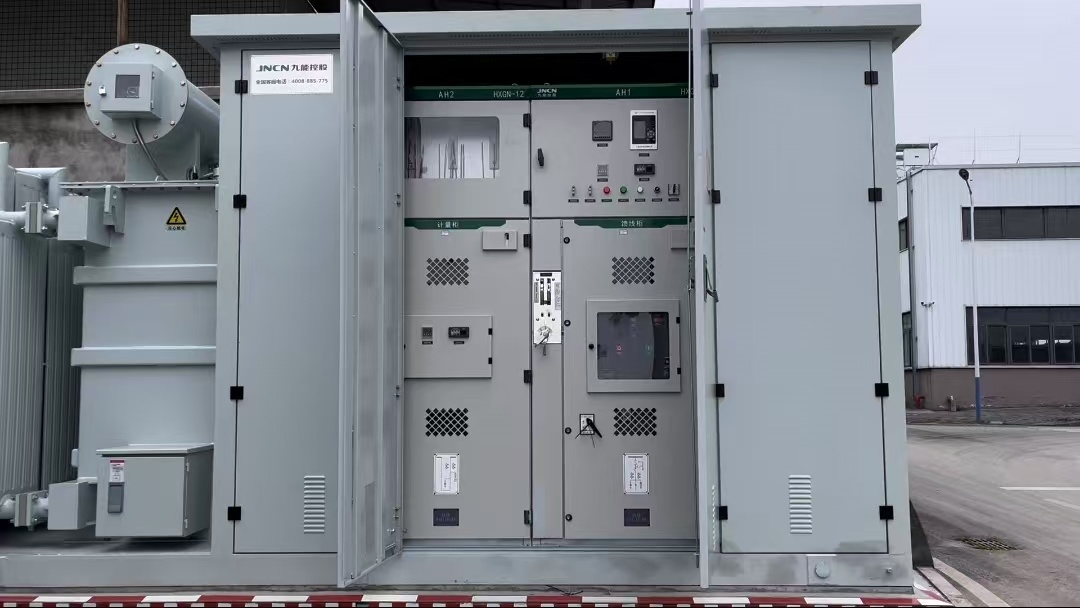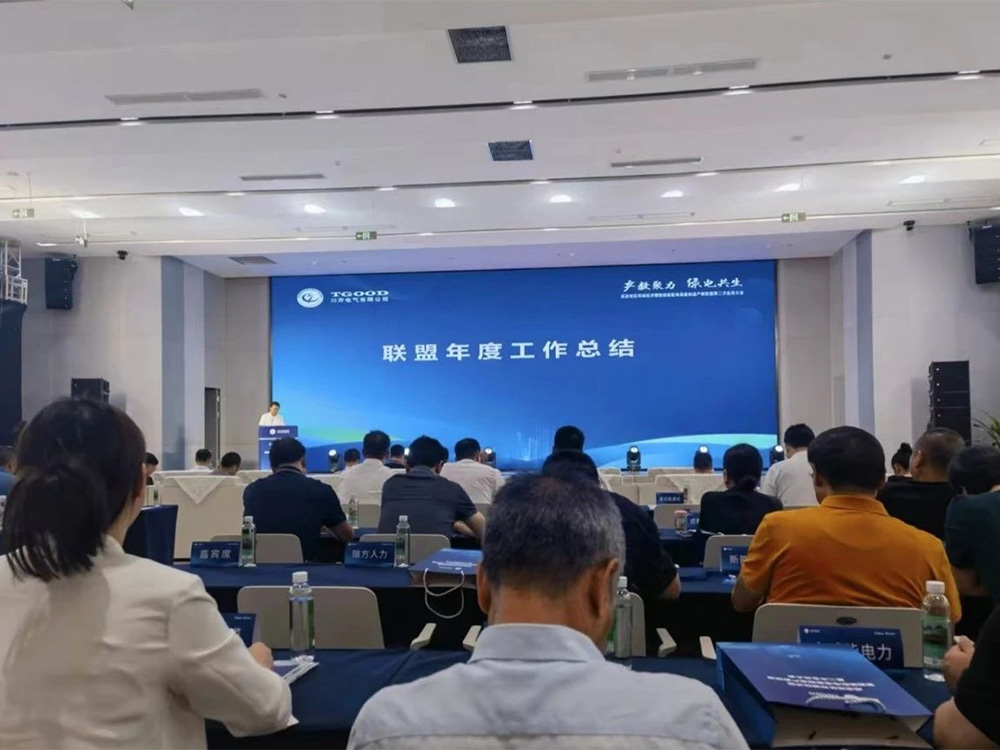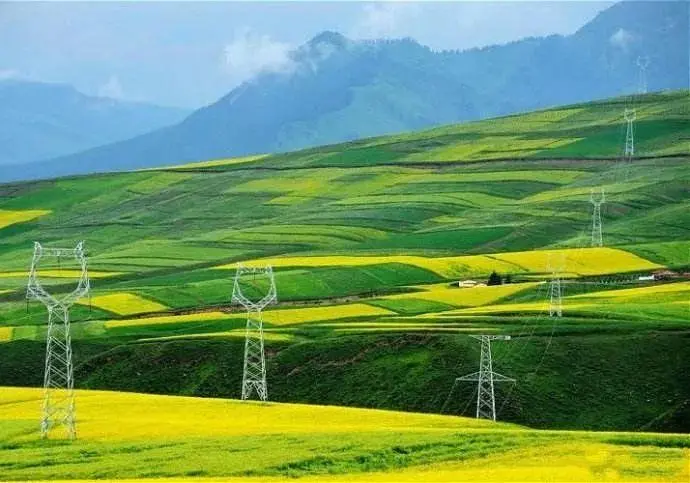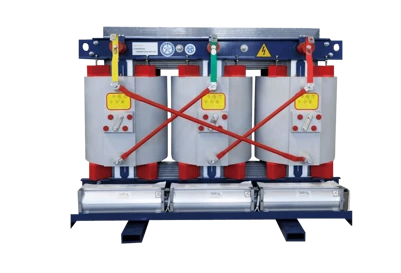28
2020
-
08
The most common fault analysis of transformer
Author:
Power transformer is a kind of static power equipment that changes the size of AC voltage, and is one of the core equipment in the power system. In the process of power transmission and distribution, power transformer is the core of energy conversion and transmission, and is the only way for the national economy to source energy from all walks of life and thousands of households. If the transformer fails, it will affect the safe and stable operation of the power system, which is very important equipment in the power system. Once an accident occurs, it will cause great economic losses. Analyze all kinds of power transformer accidents, find out the causes, summarize the methods of handling accidents, control the accident loss in the minimum range, and minimize the damage to the system.
1、Winding fault
There are mainly inter-turn short circuit, winding grounding, inter-phase short circuit, disconnection and joint welding. The reasons for these failures are as follows:
① During manufacturing or maintenance, local insulation is damaged, leaving defects;
② In operation due to poor heat dissipation or long-term overload, there are sundries in the winding, so that the temperature is too high insulation aging;
The manufacturing process is poor, the pressing is not tight, the mechanical strength can not withstand the impact of short circuit, so that the winding deformation insulation damage;
④ Winding damp, insulation expansion block oil passage, causing local overheating
⑤ The insulation oil is mixed with moisture and deteriorates, or the contact area with the air is too large, so that the acid value of the oil is too high, the insulation level is too low, and some windings are exposed to the air and cannot be treated in time.
Due to the above reasons, in the operation of the insulation breakdown, it will cause the winding short circuit or ground fault. The fault phenomenon of inter-turn short circuit increases the overheated oil temperature of the transformer, the current on the power supply side increases slightly, the DC resistance of each phase is unbalanced, and sometimes there is squeaking and gurgling bubbling sound in the oil. A slight inter-turn short circuit can cause gas protection action; in severe cases, differential protection or overcurrent protection on the power supply side will also act. Found inter-turn short circuit should be handled in a timely manner, because the winding inter-turn short circuit often cause more serious single-phase grounding or inter-phase short circuit and other faults.
2、Casing failure
This kind of fault is common to blow up, flash down and oil leakage, the reasons are:
① Poor sealing, poor insulation ratio due to moisture, or oil leakage;
The respirator is not properly configured or inhaled water is not handled in time;
The high voltage side of the transformer (110kV and above) generally use the capacitor bushing, because of poor porcelain and trachoma or crack;
④ There are defects in the manufacture of the capacitor core, and there is free discharge inside;
⑤ Serious fouling of casing.
3、Core failure
① The insulation between silicon steel sheets is damaged, causing local overheating and melting of the iron core;
② The insulation of the piercing bolt clamping the iron core is damaged, so that the silicon steel sheet of the iron core and the piercing bolt form a short circuit;
③ Two-point grounding of iron core formed by residual welding slag;
④ The top and middle of the transformer oil tank, between the casing flange, barrel skin and casing on the upper part of the oil tank. Internal iron core, winding clamps, etc. generate heat due to local magnetic flux leakage, causing insulation damage.
After the transformer fails during operation, if the winding or iron core failure is determined, the core shall be suspended for inspection. First, measure the DC resistance of each phase winding and compare it. If the difference is large, it is a winding fault. Then check the appearance of the core, and then measure the insulation resistance between the chips by DC voltage and ammeter. If the damage is not large, paint the damage.
4、Gas protection fault
Gas protection is the main protection of the transformer, light gas acts on the signal, heavy gas acts on the trip. The following analysis of the causes of gas protection action and treatment methods:
The gas protection action may be due to the oil filter, refueling and cooling system is not tight, resulting in air into the transformer;
The oil level is slowly reduced due to temperature drop and oil leakage; or a small amount of gas is generated due to transformer failure;
③ Caused by through short circuit fault;
④ Due to the secondary circuit fault of the protection device.
Light gas protection action after the signal. The reason is: there is a slight fault inside the transformer; there is air inside the transformer; the secondary circuit fault, etc. Operators should check immediately, if no abnormal phenomenon is found, gas sampling and analysis should be carried out. When the gas protection action trips.
Serious faults may occur inside the transformer, causing a large amount of gas to be separated from the oil, and secondary circuit faults may also occur. In case of tripping of gas protection action, the standby transformer shall be put into operation first, and then external inspection shall be carried out. Check the explosion-proof door of the oil conservator, whether the welding joints are cracked and whether the transformer shell is deformed; finally, check the flammability of the gas.
5、Treatment of Automatic Trip of Transformer
When the transformer in operation trips automatically, the operator should promptly make the following treatment:
① When the circuit breakers on each side of the transformer trip automatically, operate the control switch of the tripped circuit breaker to the position after the trip, and quickly put the standby transformer into operation, adjust the operation mode and load distribution, and maintain the operation system and its equipment in normal state;
② Check what kind of protection action the card drops and whether the action is correct;
③ Understand whether the system is faulty and the nature of the fault;
④ In case of the following conditions and with the consent of the leaders, the power transmission can be tried without inspection: the circuit breaker is tripped by man-made wrong touch protection; The protection is obviously misoperated and tripped; The transformer only has low-voltage overcurrent or time-limited overcurrent protection action. At the same time, the next level of equipment fault of the transformer is tripped but its protection does not act, and the fault has been removed, but the power transmission test is only allowed once;
⑤ If it is the main protection action such as differential, heavy gas or current flow interruption, and there is an impact phenomenon when the fault occurs, the transformer and its system shall be inspected in detail, and the power shall be cut off and the insulation shall be measured. It is forbidden to put the transformer into operation until the cause is found out. It must be pointed out that regardless of whether the system has a backup power supply, it is absolutely not allowed to send the transformer.
6、Transformer on fire
Transformer fire is also a dangerous accident, because the transformer has many combustible substances, not handled in time may explode or expand the fire.
The main causes of transformer fire are:
① The casing is damaged and flashed, and the oil flows out under the pressure of the oil conservator and burns on the top cover;
② transformer internal fault so that the shell or radiator rupture, so that the burning of the transformer oil overflow.
If the transformer is on fire, the following treatment shall be made promptly:
① Disconnect the circuit breakers on each side of the transformer, cut off the power supply on each side, and quickly put into standby transformer to restore power supply;
② Stop the operation of the cooling device;
③ When the main transformer and high-power transformer are on fire, the generator shall be disconnected first;
④ If the oil burns on the top cover of the transformer, open the lower emergency throttle and drain the oil to the appropriate position. If the transformer internal fire, can not drain oil, in case of transformer explosion;
⑤ Quickly extinguish the fire with fire extinguishing device. If dry fire extinguisher or foam fire extinguisher is used. Notify the fire brigade to put out the fire if necessary. In the event of such an accident, the transformer protection shall operate to disconnect the circuit breaker. If the circuit breaker is not opened due to fault, the circuit breaker shall be opened immediately by hand, and the isolating switch that may lead to the transformer power supply shall be opened.
7、Tap changer fault
Common faults are surface melting and burns, phase-to-phase contact discharge or discharge of each joint. The main reasons are:
(1) The connecting screw is loose;
(2) with load adjustment device bad and improper adjustment;
(3) Poor insulation of tap insulation plate;
(4) The joint solder is not satisfied, the contact is poor, the manufacturing process is not good, and the spring pressure is insufficient;
(5) The acid value of the oil is too high, so that the contact surface of the tap changer is corroded.
Because the main transformer accident is generally not a single, but multiple, development, and the potential main fault point is relatively hidden, plus the particularity of the nature of the fault. Therefore, in order to ensure the safe and stable operation of transformers and power grids and correctly handle accidents, we should keep abreast of the following situations:
① System operation mode, load state and load type
② Transformer upper oil temperature, temperature rise and voltage;
③ Weather conditions at the time of the accident;
④ Whether there is maintenance and other work around the transformer;
⑤ Whether the operator operates or not;
⑥ Whether the system is in operation;
⑦ What kind of protection action, accident phenomenon, etc. Strengthen the inspection and supervision of transformer operation, do a good job of regular maintenance, timely eliminate equipment defects, regular maintenance and preventive tests, try to avoid the occurrence of transformer accidents, reduce the damage to the power grid and electrical equipment.
The safe operation of the transformer management is the focus of our daily work, through the abnormal operation of the transformer, common fault analysis of the experience, will be conducive to timely and accurate judgment of the cause of the fault, the nature of the timely and effective measures.
To ensure the safe operation of the equipment, the transformer is an extremely important electrical equipment in the transmission and distribution system. According to the operation and maintenance management regulations, the transformer must be checked regularly so as to understand and grasp the operation of the transformer in time, and take effective measures in time to eliminate the fault in the bud, so as to ensure the safe operation of the transformer.
recommend News






